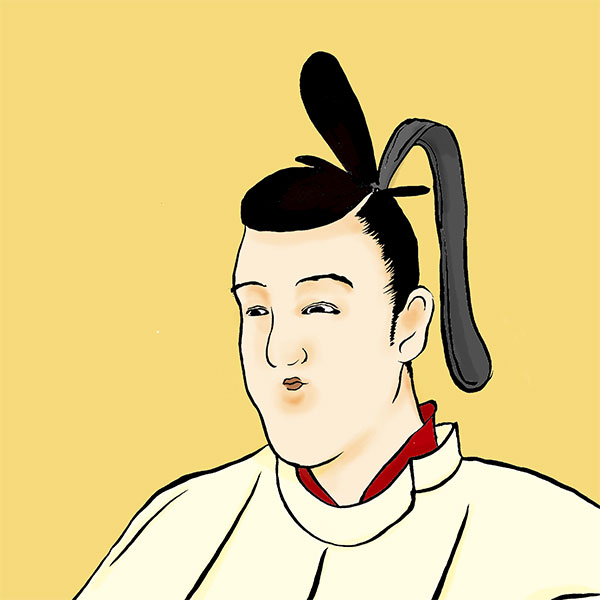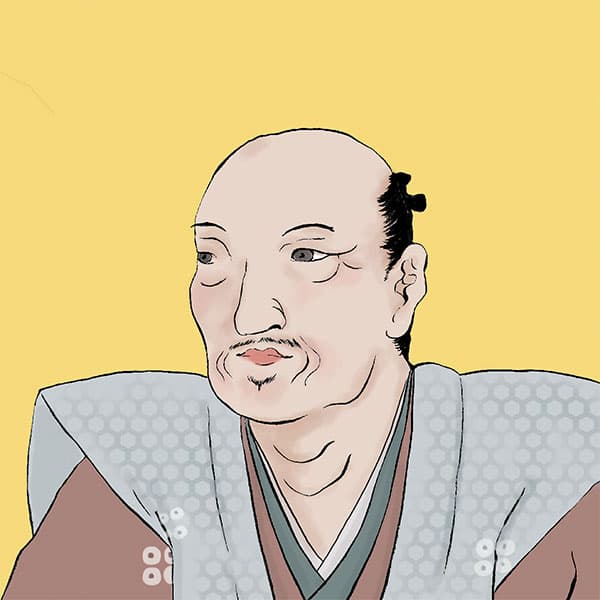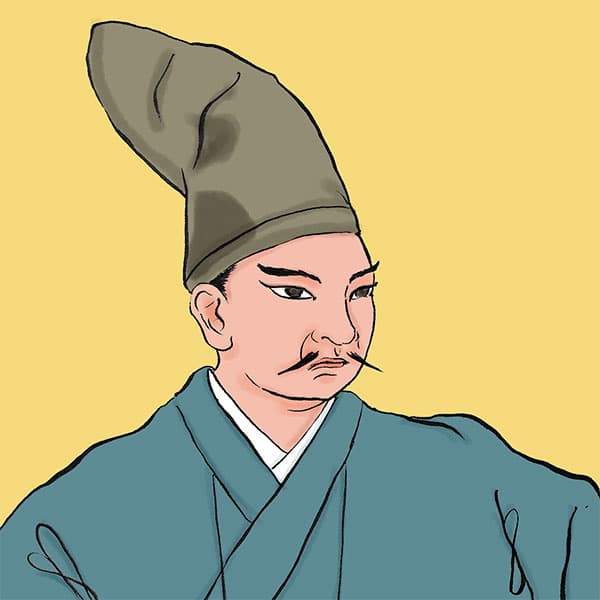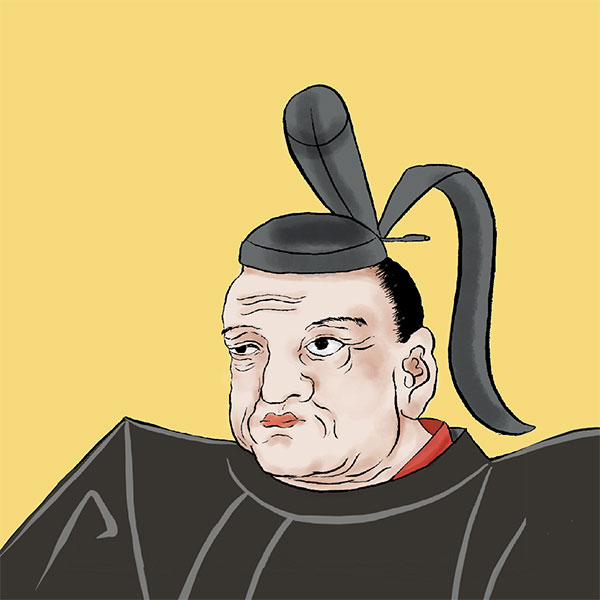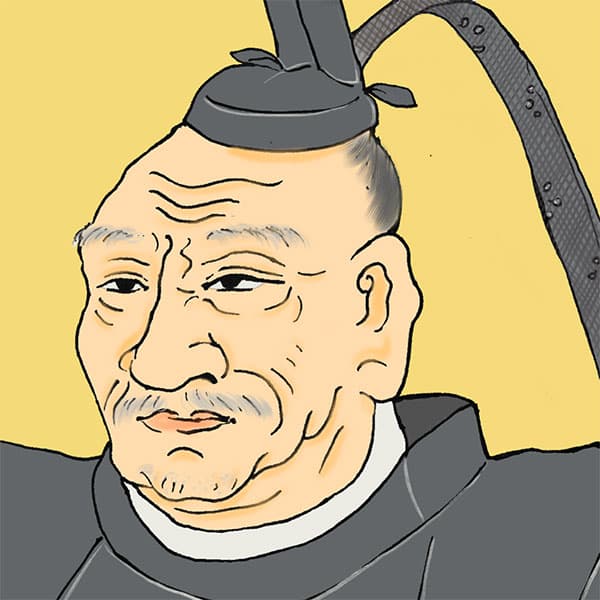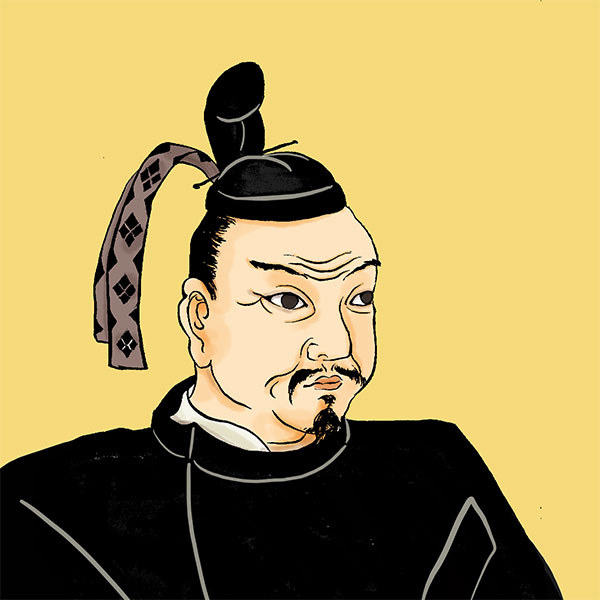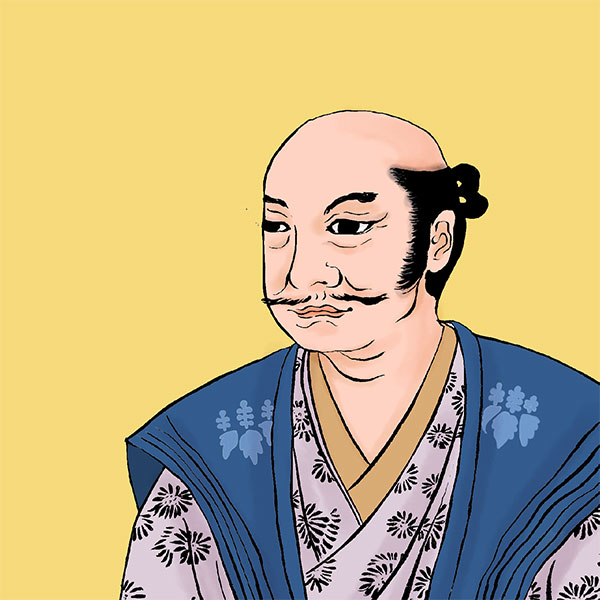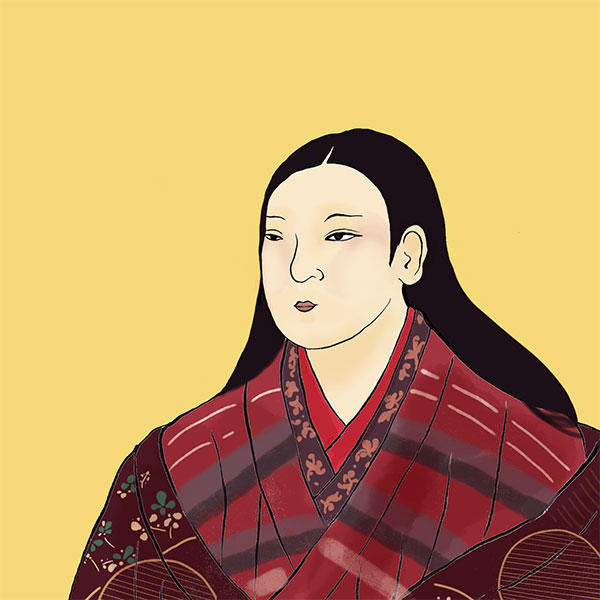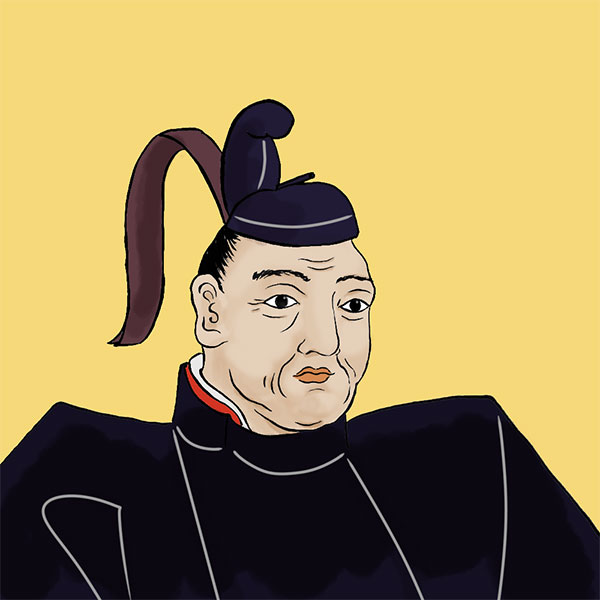Osaka winter camp (2/2)Sanada Maru, which caused suffering to Ieyasu
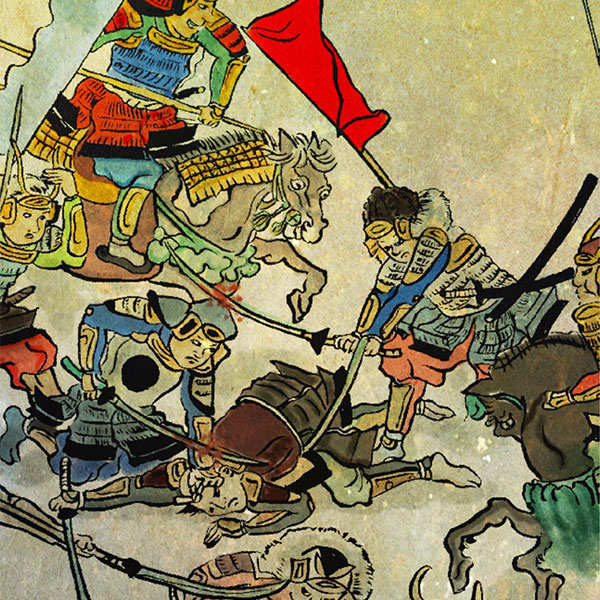
Osaka winter camp
- Article category
- case file
- Incident name
- Osaka Winter Camp (1614)
- place
- Osaka Prefecture
- Related castles

Osaka Castle

Nijo Castle
- people involved
After that, the Battle of Shigino and the Battle of Imafuku occurred in the northeast of Osaka Castle. Following the Battle of Hakuroen and the Battle of Noda and Fukushima, the Tokugawa army defeated the Toyotomi army and captured forts one after another. The Toyotomi army abandoned the fort and gathered at Osaka Castle. Meanwhile, the Tokugawa army completely surrounded Osaka Castle with a large army of 200,000 soldiers. The man who stood in the way of the Tokugawa army was Yukimura Sanada.
Yukimura Sanada's "Sanada Maru" defeated the Tokugawa army
Originally, Osaka Castle was known as a strong castle that was easy to defend. The castle magistrate that Toyotomi Hideyoshi built on the site of Ishiyama Honganji Temple over the course of about 15 years was Kanbei Kuroda, also known as the ``Castle Builder Master.'' The castle was surrounded by an inner moat and an outer moat, and had a huge five-story, six-story castle tower. Furthermore, it is surrounded by rivers to the north, east, and west, making it a very difficult location to attack. The only weak point of Osaka Castle is the south, which is connected to the land. Sanada Yukimura built an independent castle called ``Sanada Maru'' here and attacked the Tokugawa army with 5,000 soldiers.
The Sanada Maru was destroyed after the Winter Siege, so it is not completely clear what it actually was. It is located to the southeast of Osaka Castle, and according to recent research, it appears to have been an independent castle rather than a Umadashi Kuruwa that was closely attached to a moat, as was the conventional wisdom. There is a 200m deep valley behind it, and its maximum size is 270m from north to south and 280m from east to west, making it slightly larger than Tokyo Dome. In addition to the main enclosure, there seems to have been a small enclosure (*various theories vary by researchers)
There is a dry moat in front of you, and wild piles and abatis will obstruct your advance. Furthermore, Yukimura Sanada prepares a powerful matchlock gun. We even have a large matchlock called a ``Hagamatsutsu'' that can be carried and fired by three people. It was an offensive position to attack the Tokugawa army. If the Tokugawa army tried to attack Osaka Castle by passing through Sanada Maru, there was a possibility that they would be attacked from the side by Sanada Maru's soldiers. Moreover, since it is a major outpost, it is difficult to ignore it.
Ieyasu decided to attack Sanada Maru. Toshiie Maeda's fourth son, Toshitsune Maeda, and 12,000 others faced Sanada Maru. Yukimura's strategy against this enemy force, which was far larger than his own, was to place a vanguard on Sasayama in front of the Sanada Maru, provoke Maeda's forces, attract the enemy, and attack them all at once.
Before dawn on December 4th, the Sanada army was showered with gunfire from Sasayama, and the advance troops of the Maeda army attacked towards Sasayama, but the Sanada army had retreated. As they continued to advance toward the Sanada Maru, the Sanada troops provoked the advance troops by shouting insults at them. As a result, part of Maeda's army broke into the moat and started fighting, disobeying Ieyasu's orders not to fight.
For Yukimura, it was exactly as planned. Once the enemy has been attracted enough, Sanada Maru will start firing a matchlock gun. Furthermore, gunfire was fired from Osaka Castle, and the scene was in a state of panic. According to historical documents from the time, although messengers were sent more than 10 times to prevent the main force of Maeda's army from chasing them too far, senior military commanders rushed forward to achieve military success in the front-line troops, and it seems that they could not be stopped.
Furthermore, 4,000 soldiers from the Tokugawa army, including Naotaka Ii and 10,000 soldiers including Tadanao Matsudaira, who had been taken by Maeda's army, were impatient for success and attacked the 8-chome and Yamachi exits near the Sanada Maru, disobeying orders to forbid attacks. In fact, an accident occurred in which a gunpowder magazine exploded at Osaka Castle, and the Tokugawa army mistook this as a plot by Nanjo Mototada, who had recruited them to their side. In reality, Mototada had already been executed after his betrayal was discovered, but the Tokugawa army, unaware of this, attacked Osaka Castle with all its might and was met with a brutal counterattack. The Tokugawa army managed to retreat due to Ieyasu's order to retreat, but the Tokugawa army suffered heavy losses.
When Ieyasu found out about this, he was furious. He reprimanded the commanders of each unit and strongly ordered them to carry protective equipment such as bamboo bundles and iron shields when attacking Osaka Castle.
The shelling of Osaka Castle changes the situation.
The Tokugawa army was defeated at the Sanada Maru, but they were originally suffering from a shortage of troops due to the Toyotomi army buying up their troops. In fact, since December 3rd, before the Battle of Sanada Maru, they had been secretly trying to negotiate peace with the Toyotomi army, but it had not gone well.
After the Battle of Sanada Maru, they took measures such as making the enemy sleepless by attacking at night, and from December 16th they began a simultaneous bombardment of Osaka Castle to psychologically shake up the Toyotomi army. The Toyotomi army countered this with matchlock guns, but the lack of food and ammunition and the constant bombardment made them gradually become mentally cornered. Moreover, eight maids of Yodo-dono, a key figure in the Toyotomi army, were killed by the bombardment. Yodo-dono receives a huge shock. As a result, the two sides proceeded with peace negotiations, and peace was concluded on December 18th.
As a result of peace negotiations, Osaka Castle was completely stripped.
As a result of the peace negotiations, the following details were decided at the request of both the Toyotomi family and the Tokugawa family.
- The outer moat of Osaka Castle was filled in, and the general structure (enclosure around the castle), ``Ninomaru'' and ``Sannomaru'' were removed. Sanada Maru is also destroyed.
- In place of Yodo-dono, Harunaga Ohno, a vassal of the Toyotomi family, and Nagamasu Oda, a tea master, are taken hostage.
- Guarantee of Toyotomi Hideyori's personal safety and peace of mind
- The ronin who sided with the Toyotomi family will not be held accountable.
The Toyotomi family agreed to fill in the moat, which was the core of Osaka Castle's defense, and destroy the Sanada Maru, which was the key to the attack, which was a major mistake for the Toyotomi family that would reverberate for years to come. The Toyotomi army will be in charge of reclamation related to Ninomaru, and the Tokugawa army will be in charge of reclamation related to Sannomaru and the outer moat, but the Tokugawa army will proceed with the work quickly and ruthlessly. Moreover, the Toyotomi family deliberately proceeded with the construction slowly, so the Tokugawa army even destroyed and reclaimed the Ninomaru. As a result, Osaka Castle was completely exposed. There is also a theory that ``the Tokugawa army reclaimed the inner moat of Ninomaru and Sannomaru without permission,'' but this is largely denied by current theories.
And then to Osaka Summer Camp
The Toyotomi family had Osaka Castle completely exposed, but they still kept Ronin inside the castle. After Ieyasu returned to Sunpu, he began fixing up the castle by digging up the buried trenches and repairing the castle walls. Due to these movements and the incidents that ronin caused in the town in 1615, Tokugawa Ieyasu ordered Toyotomi Hideyori to dismiss the ronin and move from Yamato (Nara Prefecture) to Ise (Mie Prefecture). I asked for a country change. The Toyotomi family rejected this request. The Toyotomi family and the Tokugawa family once again came into conflict, and a war broke out in Osaka in April.
Reread the article about Osaka Winter Camp
- people involved

- WriterNaoko Kurimoto(Writer)I am a former travel industry magazine reporter. I have loved history, both Japanese and world history, since I was a child. I usually enjoy visiting temples and shrines, especially shrines, and often do ``pilgrimages to sacred places'' themed around historical figures. My favorite military commander is Ishida Mitsunari, my favorite castle is Kumamoto Castle, and my favorite castle ruins is Hagi Castle. My heart flutters when I see the ruins of battle castles and the stone walls of castle ruins.




